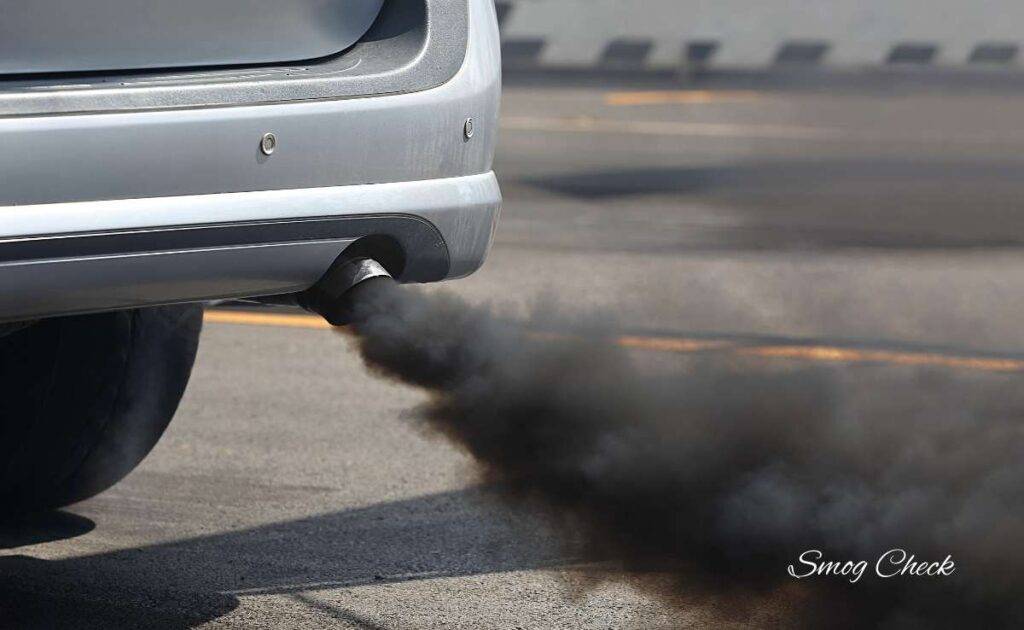Since a 1977 amendment to the Clean Air Act required states to undertake vehicle inspections, smog checks have helped to create healthier air. Vehicle air pollution from unhealthful haze has been decreased thanks to emissions regulations. In terms of the majority of tailpipe emissions, modern cars are 98–99% cleaner than those from the 1960s.
It’s understandable to wonder how long a smog check takes if you reside in a state that mandates one. These inquiries will be addressed, and the specifics of a smog check will be described.
How Long Does A Smog Inspection Take?
It will take between twenty to thirty minutes once you are placed next in line.
The following variables will affect how long you spend at the emissions control inspection site:
- Who is currently waiting? Many other car owners perform their emissions tests at the same time as you because they are required for tag renewals. Vehicles used, for instance, must undergo an emissions test every two years. Almost 11 million vehicles were inspected in 2015. More than ten percent of automobiles fail the test.
- You might fail. You should be able to successfully complete the emissions test and get on with your life if your car is under two years old and hasn’t been injured or modified. However, older cars are more likely to fail emissions testing because of parts degrading, failing emission systems, and general service negligence. The car will need to be fixed, then brought back for more testing.
Smog Testing: What Is It?
The emissions control and exhaust systems of the car are examined physically and digitally during a smog check. The technician or inspector will visually verify that each emission component is present and operating as it should.
A state-certified computer diagnostics system and test instruments will be utilized by the inspector to connect to your onboard computer diagnostics system and monitor the emissions level of your exhaust pipe.
Typically, smog tests look for these contaminants at allowable levels:
- Carbon dioxide and hydrocarbons
- Other emissions that originate from your car’s tailpipe include carbon monoxide and nitrogen oxides.
There are many inspections that can examine your car’s emissions, however, the following are the most typical ones.
Inspection Of The On-Board Diagnostic (OBD)
The OBD examination is the most common test for cars manufactured after 1996. To ensure that systems are operating properly, the OBD inspection takes data from your car’s computer system. The ODB diagnostics test will provide a verifiable fault code if the engine is experiencing issues in any area.
Acceleration Simulation Mode (ASM) Test
Prior to 1995, automobiles were not required to use OBD systems for the test. Using a dynamometer and a tailpipe sensor, an ASM test is performed on vehicles without an OBD system.
The sensor measures the number of pollutants in your exhaust emissions while the dynamometer, a computer-controlled treadmill for your vehicles, simulates real-world driving circumstances.
Two-Speed Idle Test (TSI)
Cars made between 1976 and 1995 are the only ones eligible for a TSI test. These cars have idling and programmable timing. When the engine is idle, the test measures exhaust emissions at both a high and a low speed.
Conclusion
Getting a smog check is a common practice in many jurisdictions. However, not all states mandate a smog check and depending on the type of car you drive or where you live, you might not be eligible. If you need a smog check, check with your local transportation authority first. If so, find the best places to do so for a fair price.
While maintaining your vehicle’s duties to be on the road, look into other auto insurance options that can be more beneficial for your situation.
Faq’s
You have two choices if your vehicle’s smog inspection is unsuccessful: repair the broken parts or stop driving altogether.
There are many reasons why a vehicle could fail a smog check.
A car with a gasoline engine that was produced in 1975 or earlier.
A car in an intended non-operational status may be sold legally.
To guarantee that each car on the road is running as effectively as possible.
